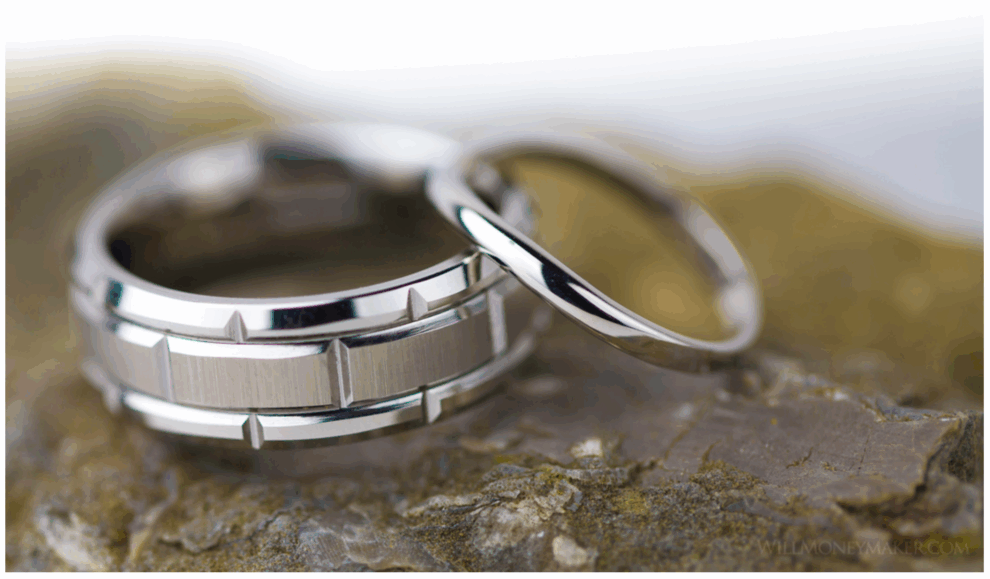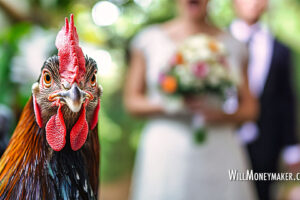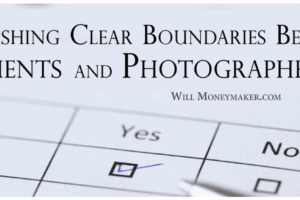I recently had the amazing opportunity to be the second photographer at the Green wedding, and I thought I would share some insights into wedding photography as well as a few of the special moments I captured. For those of you who have never done a wedding, being the second shooter is a lot of fun – I daresay more fun than being the primary photographer!
As the second photographer, you’re not burdened with all the details. You’ll help set up the planned shots and provide assistance wherever the primary photographer needs it, but for the most part, you have the freedom to capture all those heartfelt moments that make weddings so special.
Whether you’re the primary photographer or the second shooter, weddings come with a few unique challenges. For one thing, the lighting isn’t always optimal, and you may not be able to use flashes, which means you’ll need to think about how to deal with underexposure and sensor noise. The other big challenge is anticipating candid moments and turning them into images that the newlyweds will treasure for a lifetime.
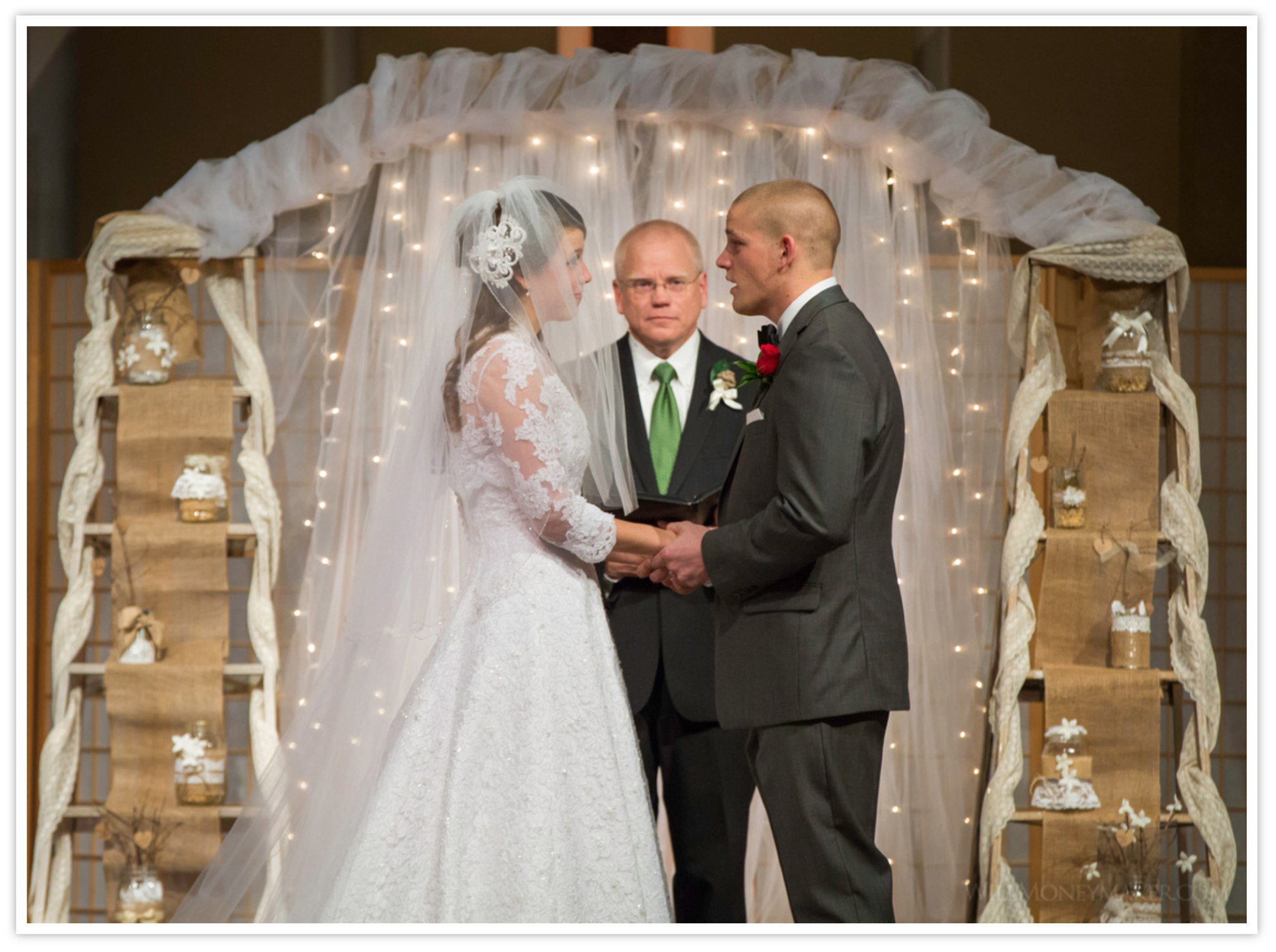 Shooting in the Dark
Shooting in the Dark
Weddings are notorious for their dim lighting and the Green wedding was no exception. Depending on the venue, flash photography isn’t always permitted. Even if the venue does allow flashes, the bride and groom may not want you to run around and blind all of their guests with your flash. In these instances, the only viable solution is to raise your camera’s ISO, but that can lead to a lot of sensor noise. Still, it’s better to get a shot with some noise rather than no shot at all, so here are a few tips to help you minimize sensor noise.
First and foremost, if you plan to shoot weddings in any professional capacity – even as a second photographer – you should invest in a camera that performs well at high ISO. At the Green wedding, I was able to shoot at up to 24,000 ISO with little to no noise. However, if you can’t justify the expense of a new camera, or you find that you need to bump up your ISO further still, there are a few other ways to get the shot while minimizing noise.
One of the best ways to reduce noise after the fact is to use software like Adobe Lightroom. In the panel on the right side of the Lightroom window, look for the Detail category. You will find both color and luminance noise removal tools that will help you remove that grainy look while preserving the details in your image. If the noise in your image is particularly bad, use a dedicated noise removal program like Noise Ninja. Dedicated software is normally more powerful, and it comes with a few more options for contrast, sharpening and different types of noise removal.
The pitfall to noise removal tools is that if you push it too far, the software will start removing details, textures and anything else that could be considered noise, leaving the image with a plasticized look. Keep a close eye on the fine details as you work, and you should be able to remove most of the noise without creating an over-processed look.
When all else fails, do what photographers do best: get creative! One nice thing about weddings is that they invariably have all sorts of interesting light sources that you can use – candles on the tables at the reception, backlit stained glass windows and even car headlights and streetlights if it’s an evening wedding. At the Green wedding, the bride and groom chose to decorate with Christmas lights, which allowed me to capture some fantastic shots despite the dim light.
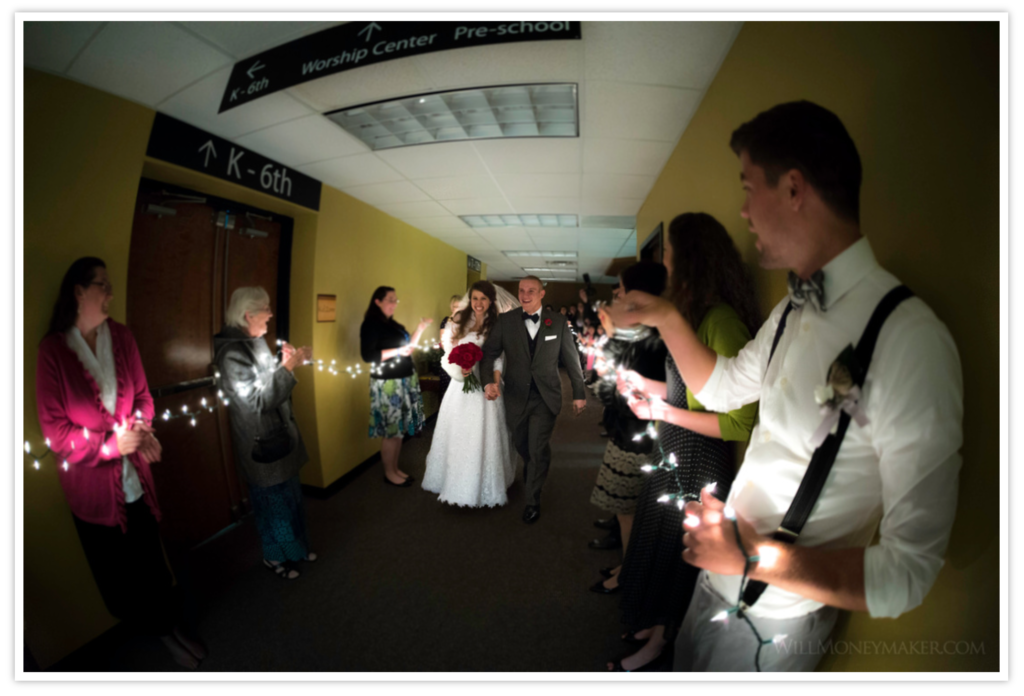 Wedding Photography: Photojournalism at its Finest
Wedding Photography: Photojournalism at its Finest
The other takeaway from the Green wedding – at least to me – is that wedding photography is a form of photojournalism. To document a wedding properly, like any photojournalist, you need to rely on a mix of planning and intuition.
The planning covers the essentials. When will you do the wedding party shots? Will there be time to photograph the rings, decorations, and any other meaningful items before the ceremony? Are you to be capturing backup shots of important events like the bouquet toss, or would the primary photographer rather have you capturing reaction shots? Planning lets you take images like the one below.
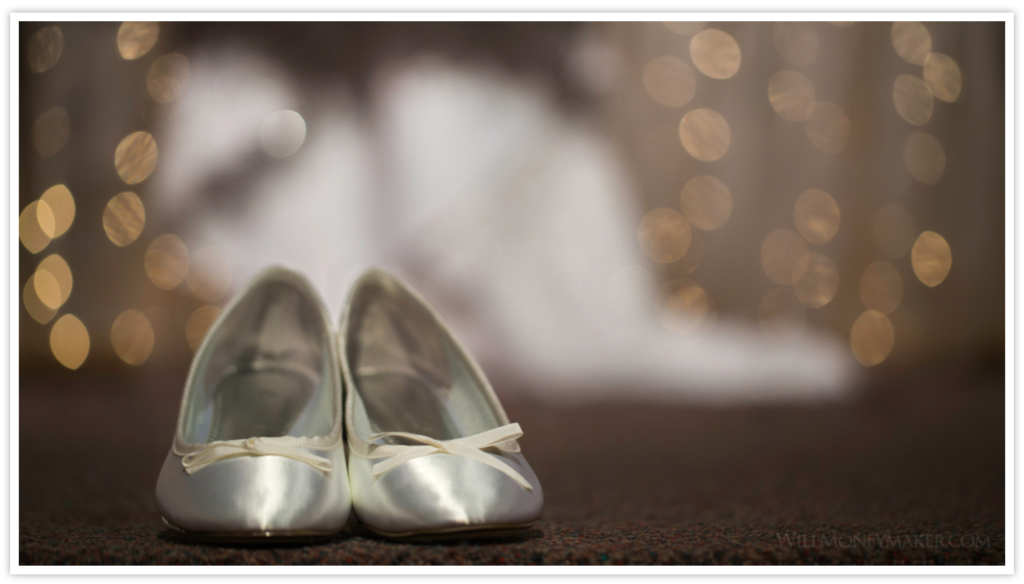 Intuition is at least as important – and probably more important – than planning. The planned shots are nice to have, but the candid moments make a wedding truly special. Each tear, each smile, and each kiss are memories waiting to be captured. You’ll need to learn to anticipate these fleeting moments before they’re gone.
Intuition is at least as important – and probably more important – than planning. The planned shots are nice to have, but the candid moments make a wedding truly special. Each tear, each smile, and each kiss are memories waiting to be captured. You’ll need to learn to anticipate these fleeting moments before they’re gone.
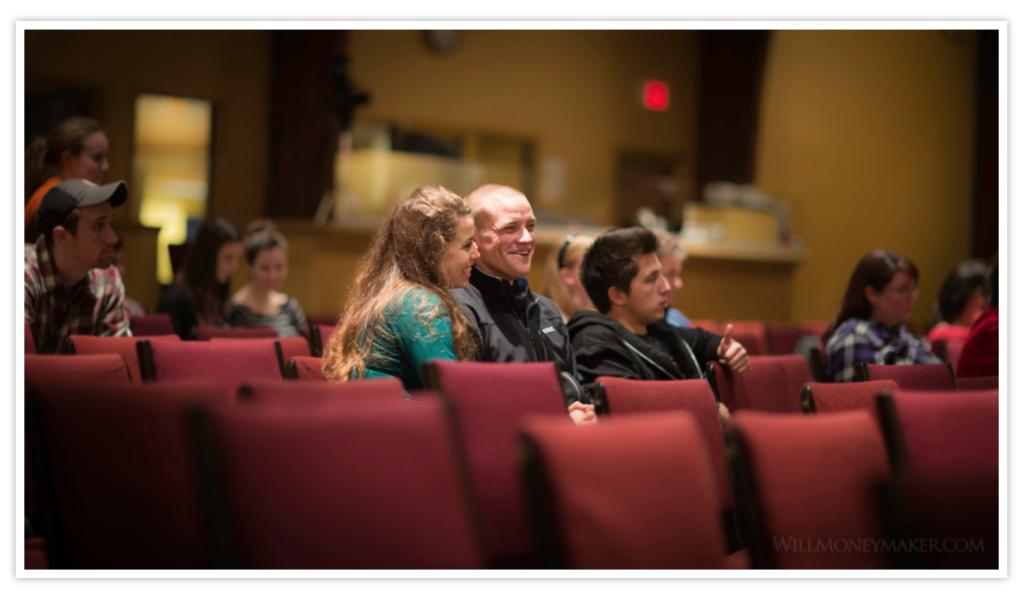 Photographing a wedding, whether you’re the primary photographer or the second shooter, is a great honor. Immerse yourself in the enthusiasm of the event, have fun and help the new couple make memories that will last a lifetime.
Photographing a wedding, whether you’re the primary photographer or the second shooter, is a great honor. Immerse yourself in the enthusiasm of the event, have fun and help the new couple make memories that will last a lifetime.
Click Here to view more photos from the wedding.

